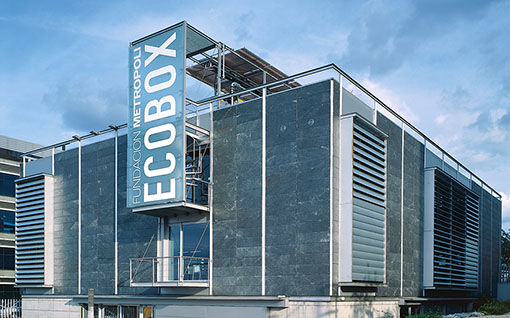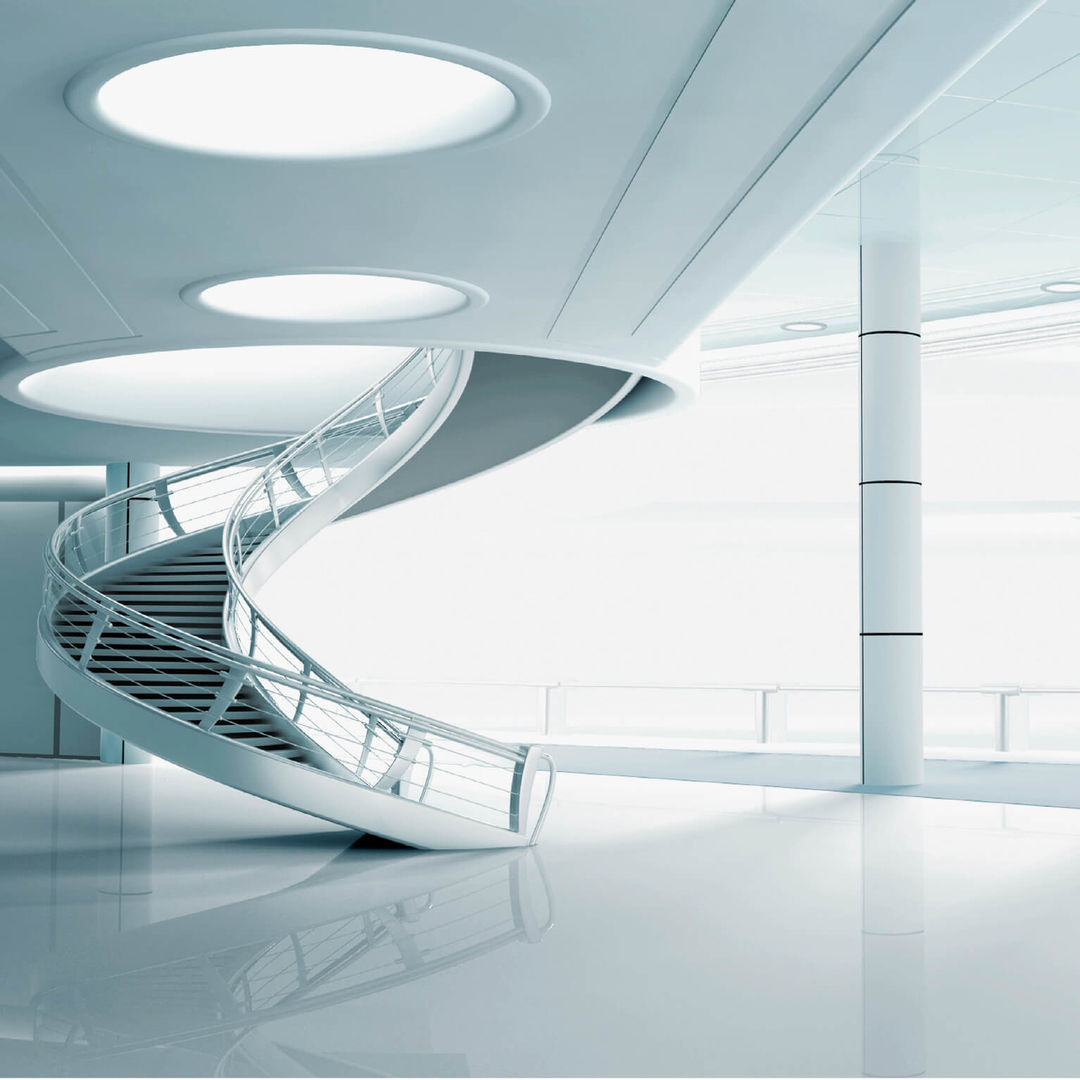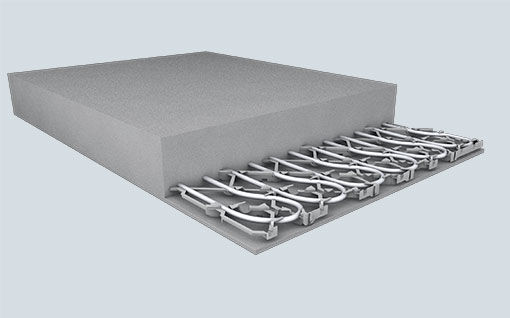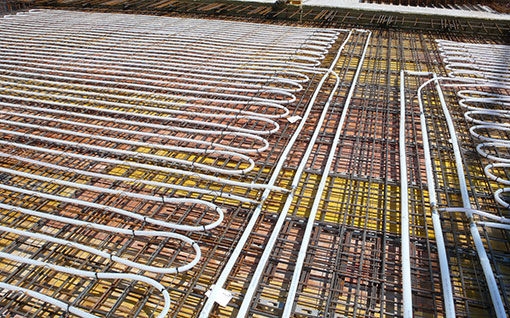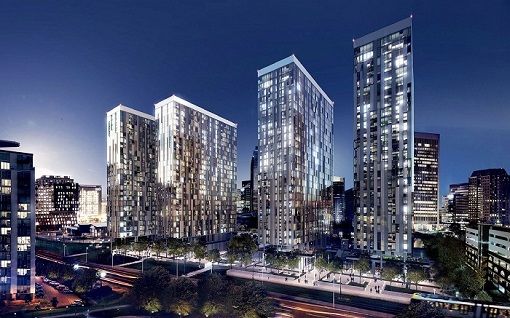TABS: the alternative solution for heating and cooling your office space
With the rising costs of air conditioning, isn't it time to consider alternatives
Energy efficiency is high on the agenda
There has been a lot of talk in the media recently about the UK government’s pledge to cut carbon emissions and the over reliance on non-renewable energy sources. Indeed, the government has committed to reduce carbon emissions by at least 80% on the 1990 levels by 2050 (CCC, 2018).
